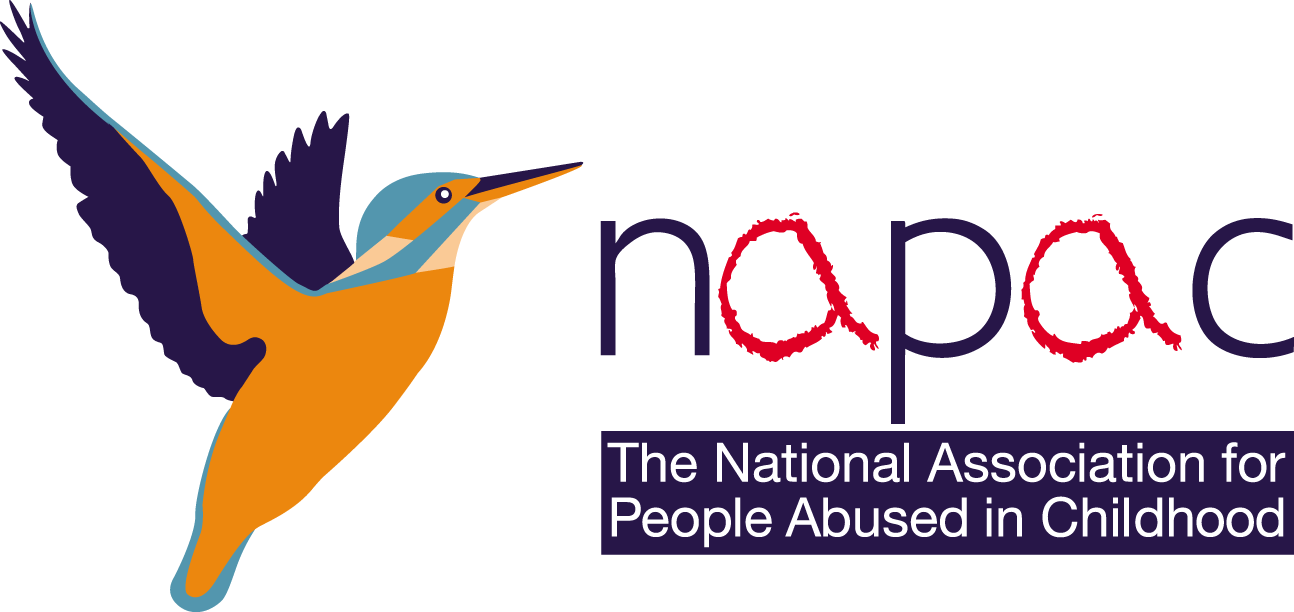
20. Survivors’ Experiences
You will watch two videos, where survivors of child abuse talk about their experiences and the impact of different types of abuse. While you are watching, note down any issues

19. Physical Health Impacts
The fifth layer of the ACE diagram points to the impact of abuse and other adverse childhood experiences on a person’s physical health. The ACE research found a clear dose-response relationship: the

18. Common Coping Mechanisms
To numb emotional pain of unprocessed trauma, regulate a nervous system that constantly signals danger, or find the courage to connect with others, abuse survivors use coping mechanisms that they

17. Coping
Adoption of health-risk behaviours, the fourth tier of the ACE pyramid, describes the various ways with which survivors of abuse and other adverse childhood experiences cope with the pain of their

16. Dissociative Disorders
Dissociation (also called disassociation) is an adaptation that allows us to detach from certain mental processes to be able to endure experiences that are physically or emotionally overwhelming. Dissociation occurs

15. PTSD vs Complex PTSD
Causes Public awareness of post-traumatic stress still focuses mostly on the difficulties experienced by soldiers returning from war zones. Armed conflict was the original setting where this mental health problem

14. Mental Health Diagnoses: Cure or Curse?
Many survivors contacting NAPAC report engagement with mental health services as well as a broad range of mental health diagnoses. While some survivors welcome a diagnosis as a way of

13. Disrupted Neurodevelopment
There is science on the neurological and developmental impacts of abuse and how they can be effectively addressed through trauma-informed therapies. Since the introduction of sophisticated brain imaging technology in
Most Popular:
Call us on 0808 801 0331 for free from landlines and mobiles from 10am-9pm Mon-Thu & 10am-6pm Fri. Calls will not show on your bill.
